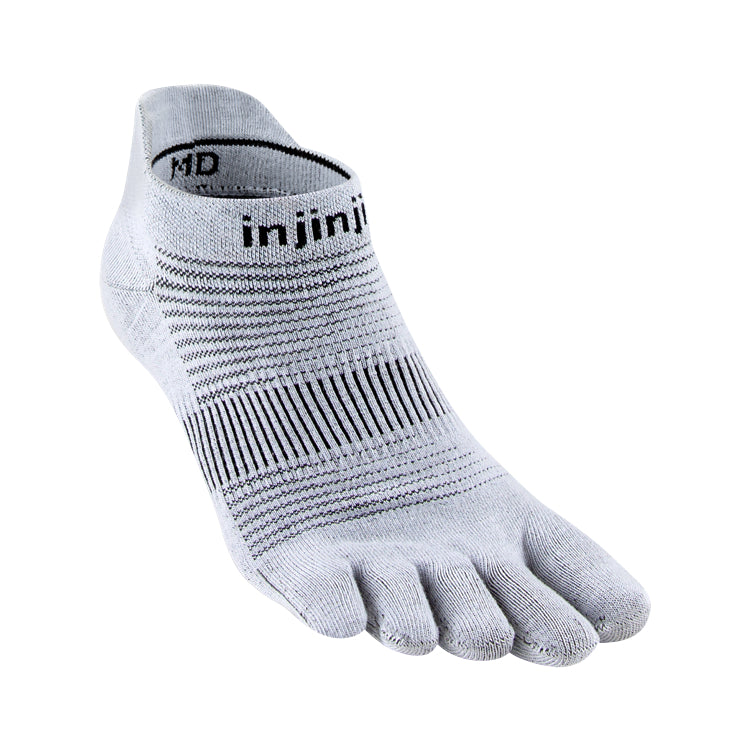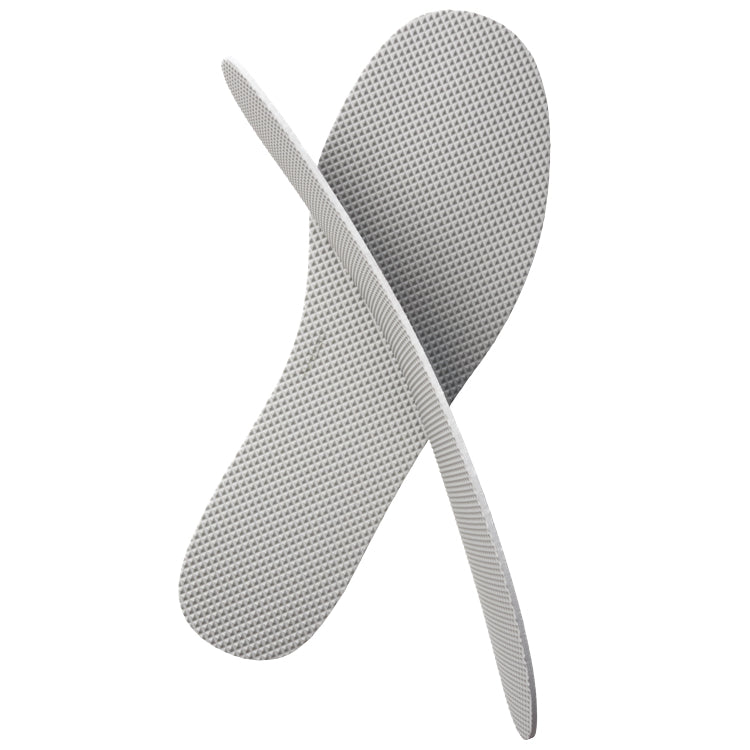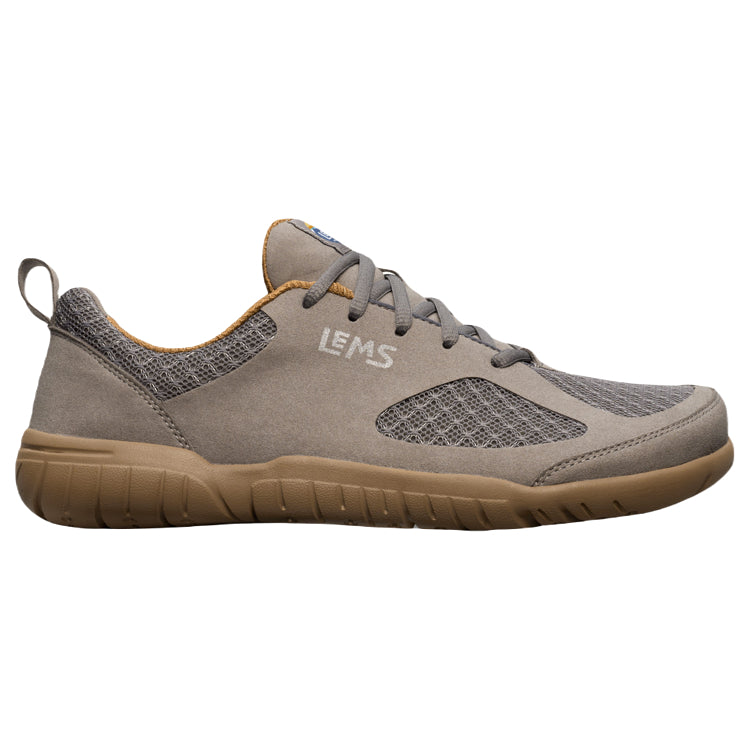
A vestigial structure is an organ or physical attribute that has lost some, most, or all of its original or ancestral function but yet is still retained by members of a given species. Examples of vestigial structures in humans may include the palmaris longus muscle, the pyramidalis muscle, wisdom teeth, and the plica semilunaris (a fold of conjunctiva at the eye's inner corner). Suggesting that the little toe is a vestigial structure implies that the human foot has somehow changed over the last many centuries or millennia and that the fifth toe no longer serves a useful role or function. The big problem with this argument is that nothing at all has changed about the structure and function of the foot itself (including the little toe) and that the pinky toe is still very much an important part of the foot.
Indeed, our foot anatomy, including that of the little toe, remains unchanged. The little toe still has extensor and flexor tendons, a bone structure that’s built for weight-bearing activities (i.e., the bones of the fifth toe are themselves shaped like arches, which are meant to bear weight), and the ability to participate in balance and propulsion. The pinky toe is still an important player in walking, running, and other dynamic movements, and it still provides valuable feedback about the condition of the terrain through sensory feedback. The little toe also helps disperse impact forces during gait, which is another important and necessary function that it continues to serve.
It’s true that the appearance of many of our feet has changed, including the alignment of our fifth toes, but that’s because the footwear we tend to wear in industrialized societies binds and squeezes our feet in unnatural ways, causing passive toe deformities such as bunions, bunionettes, and various types of crooked toes. Because the big and little toes are subjected to the most pressure when squeezed into narrow toe box footwear, their shape and orientation is changed the most over time, resulting in toes that deviate inward, toward the foot's mid-line, and lose their ability to function optimally. Without the deforming effects of conventional footwear, our feet would look identical to those of our ancestors, who enjoyed strong, healthy arches and significant natural toe splay—each individual toe in line with its corresponding metatarsal bone.
This ancestral foot shape can still be observed in newborn babies and infants and in unshod (or minimally shod) adults around the globe, including throughout South and Central America, Africa, Asia, the Middle East, and anywhere else that people habitually go barefoot or wear only minimalist footwear. Many of us in industrialized, shoe-wearing nations can restore this ancestral foot shape and function, at least to some degree, by adopting natural approaches that include using Correct Toes toe spacers (to realign the toes in their proper anatomical position), choosing men’s or women’s footwear that’s flat and flexible in the sole and widest at the ends of the toes, and by performing helpful stretching and strengthening exercises to restore proper tone in the toe flexor, extensor, abductor, and adductor muscles and tendons.
Even though much can be done to rehabilitate the toes using natural methods, the belief that the little toe serves no useful purpose (and is, in fact, an impediment to be dealt with) persists. An extreme example of this is how some people undergo elective surgery to remove the fifth toe. Most folks who opt for this procedure do so to achieve a more comfortable fit for their foot within conventional footwear, especially high heels and other fashion footwear. Some even elect to have their fifth metatarsal bone shaved down so that they can slide their foot into even narrower shoes. This surgical alteration is, surprisingly, not uncommon. It may be medically necessary in some rare cases, but it is, by and large, a cosmetic procedure driven by the desire to slim the foot, and it is based on the false assumption that the little toe is dispensable.
So, for the pinky toe to be a vestigial structure, we’d need skeletal evidence that its structure or function has changed over time. Absent that, and with the knowledge that the little toe is still very much involved in the functioning of the foot (particularly when it is properly aligned), it’s clear that the fifth toe is anything but vestigial. A healthy, functioning little toe that possesses the ability to splay and grip surfaces is integral to the overall health of the foot and a useful structure for the rest of the musculoskeletal system.

WANT TO IMPROVE YOUR FOOT HEALTH?
Let the team at Natural Footgear help you! Subscribe to our newsletter for the latest offers and helpful info, and sign up for our FREE email courses on various topics and foot health conditions.
Sign Up →
Want to Improve Your Foot Health?
We are here to help you every step of the way. Get our newsletter for the latest offers and helpful info, and sign up for our FREE email courses on various topics and conditions, including bunions, hammertoes, neuromas, plantar fasciosis, shin splints, ingrown toenails, and more.
Sign Up →
 Every set of feet is unique! Among the many possible foot characteristics that vary from person to person are: arch height, foot and toe width, and foot and toe length. Some people (probably somewhere between 20-30 percent of the population) possess an index toe (i.e., second toe) that is longer than the big toe. This is known as Morton’s toe, and it is hereditary. In most cases, the index toe...
Read more
Every set of feet is unique! Among the many possible foot characteristics that vary from person to person are: arch height, foot and toe width, and foot and toe length. Some people (probably somewhere between 20-30 percent of the population) possess an index toe (i.e., second toe) that is longer than the big toe. This is known as Morton’s toe, and it is hereditary. In most cases, the index toe...
Read more













There are no vestigial organs. The appendix, for example, is known to be part of the immune system.
Thank you for your comment, L. S.! We appreciate you sharing your perspective.
All the best,
Robyn Hughes, ND
Orthopedic doctors recognize the importance of the little toe. It plays a vital function in balance, even more so than the great toe. Patients who have lost their little toe have stability issues as well as developing foot and ankle deformities, as the loss of the outside toe forces the shift of body weight and balance to incline inward.
Hi, Linda,
Thank you for your comment. The little toe is an absolutely vital part of a balanced and stable foot and body! We couldn’t agree more.
Kind regards,
Robyn Hughes, ND